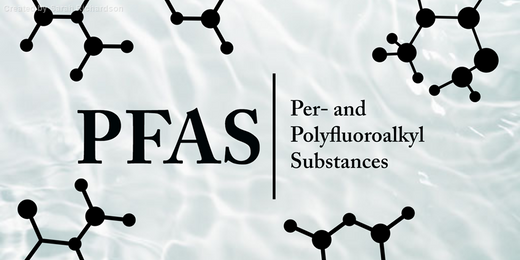
The Hidden Impact of Forever Chemicals on Fertility
Share
Forever chemicals, also known as per- and polyfluoroalkyl substances (PFAS), have long been recognized as persistent environmental pollutants. However, a groundbreaking study reveals that the problem is even more widespread than previously known. These chemicals, often found in wastewater, are increasingly associated with pharmaceuticals that remain largely unregulated, potentially impacting human health and fertility.
How Do Forever Chemicals Affect Fertility?
Forever chemicals are notorious for their persistence in the environment and the human body. Research indicates that they may disrupt hormonal balances, which are crucial for reproductive health. Hormonal imbalances can affect ovulation, egg quality, and overall fertility, making it harder for couples to conceive. The impact of these chemicals on fertility is particularly concerning given their widespread presence in drinking water supplies.
Increasing Awareness of PFAS in Wastewater
The recent study published in Proceedings of the National Academy of Sciences found that fluorinated pharmaceuticals make up a significant portion of organic fluorine in wastewater. These compounds are designed to resist breakdown, ensuring their efficacy in medical treatments. Unfortunately, this same characteristic allows them to persist in the environment, accumulating in water sources and potentially affecting millions of Americans.
During normal river conditions, approximately 15 million Americans receive drinking water containing levels of these compounds above regulatory limits. This number rises to 23 million during drought conditions, highlighting the urgent need to address water scarcity’s role in exacerbating PFAS exposure.
Steps to Improve Fertility Amid PFAS Exposure
If you’re wondering, How can I boost my fertility to get pregnant? the answer may lie in reducing your exposure to environmental toxins, including PFAS. Here are some actionable steps:
1.Opt for Filtered Water: Invest in high-quality water filters that are specifically designed to remove PFAS. This can significantly reduce your exposure through drinking water.
2. Choose Organic Foods: Consuming organic produce and animal products reduces your intake of pesticides and other harmful chemicals that may contribute to overall toxin load.
3. Limit Processed Foods: Many processed foods are packaged with materials that may contain PFAS. Switching to fresh, whole foods can lower your risk of exposure.
4. Consider a Cleanse: Fertility cleanses designed to eliminate toxins from your body can be an effective way to support reproductive health.
5. Consult a Specialist: Speak with a healthcare provider or fertility expert to understand how environmental factors may be affecting your chances of conceiving.
The Need for Comprehensive Regulation
The findings from the study emphasize the need for updated regulatory approaches that address the full spectrum of fluorinated compounds in wastewater. Current regulations focus on a handful of chemicals, but the majority of PFAS compounds remain unregulated and understudied. Addressing these gaps is crucial for safeguarding public health and improving fertility outcomes for future generations.
The increasing prevalence of PFAS in our water supply is a public health concern that cannot be ignored. While regulatory bodies work to address these issues, individuals can take proactive steps to reduce their exposure and improve their fertility. If you’re looking to enhance your reproductive health, it’s essential to consider environmental factors alongside traditional approaches.
PureFertility by PFAS Guard is a PFAS cleanse for fertility support. If you have concerns about your PFAS exposure, take a look at PureFertility today!
References
Ruyle, B. J., et al. (2025). The widespread presence of pharmaceuticals in wastewater and their implications for public health. Proceedings of the National Academy of Sciences. Retrieved from PNAS Website
Environmental Protection Agency. (2024). PFAS and drinking water: Regulatory updates. Retrieved from EPA Website
